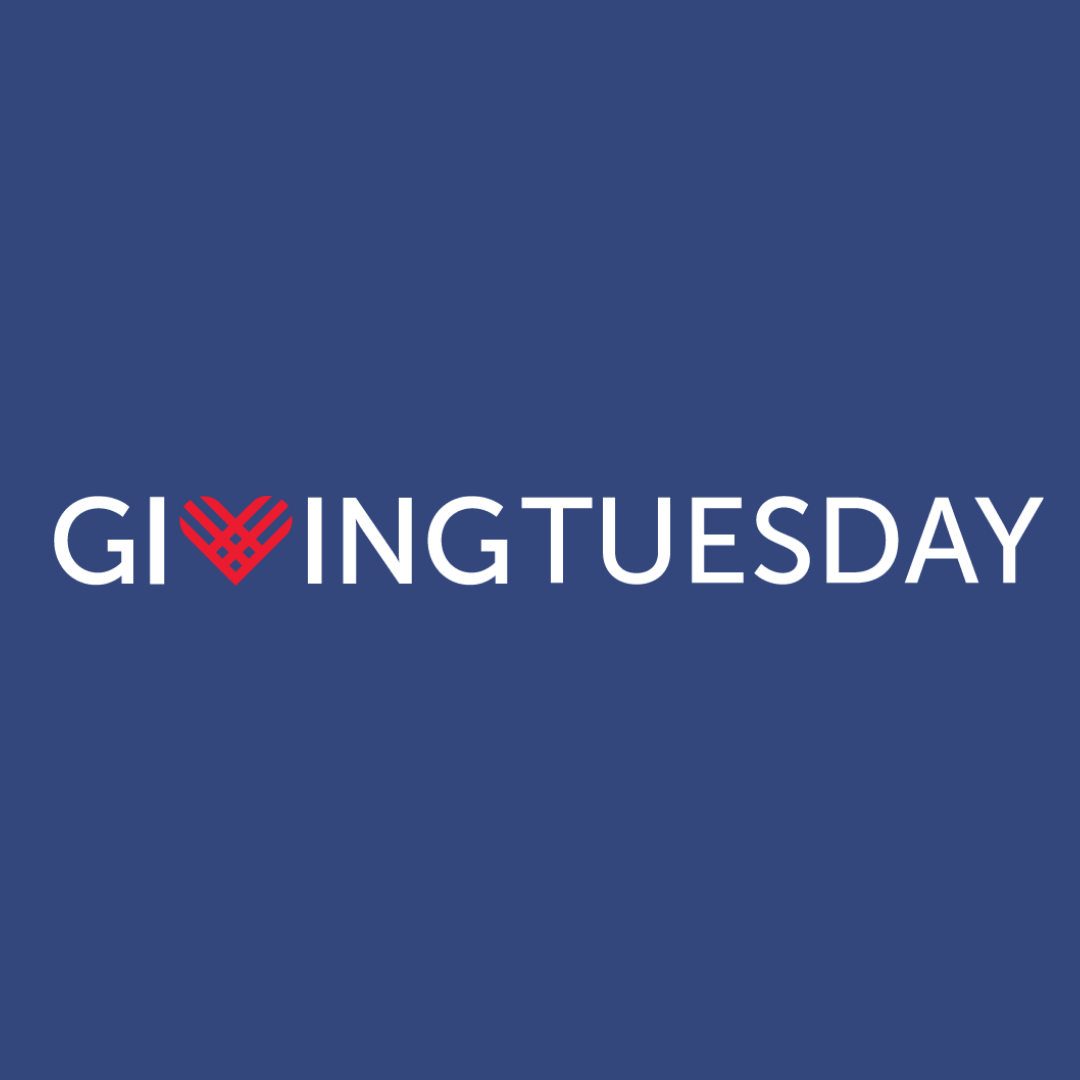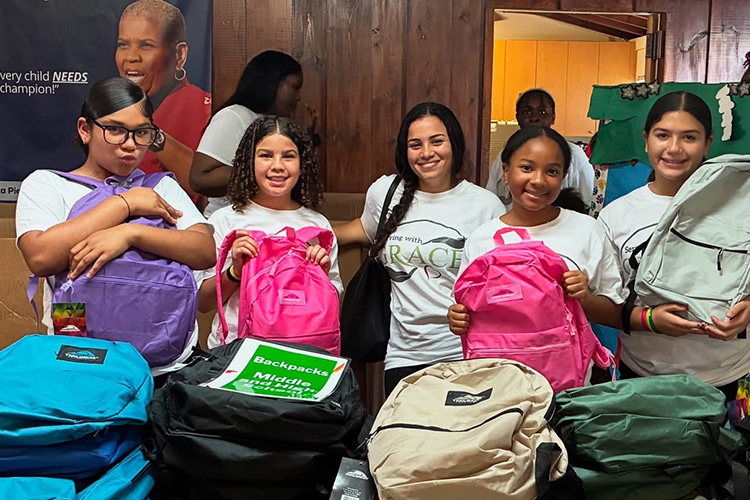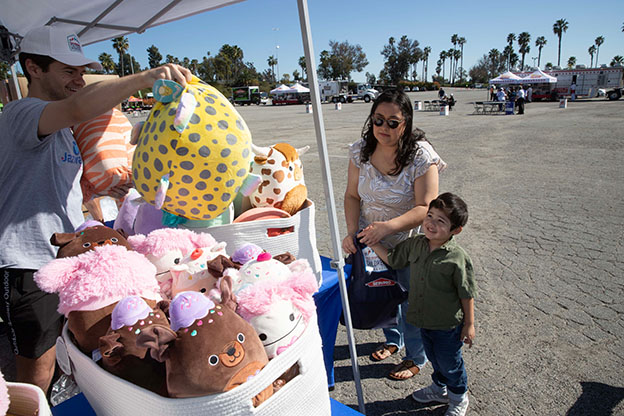GivingTuesday is the Super Bowl of the nonprofit world.
In 2022, this global day of giving generated more than $3.1 billion in a 24-hour period in the United States alone. This represents a 15% increase from 2021 and a 25% jump in donations since 2020.
With so much attention focused on this singular event, it’s never too early to start planning your marketing strategy for GivingTuesday 2023. This year, the event takes place on Nov. 28th.
In this article, we’ll look at five concrete strategies to help nonprofit organizations and charities prepare for a successful GivingTuesday campaign, covering campaign messaging, branding, marketing strategies, and leveraging social media and peer-to-peer nonprofit donation platforms.
- Define Your Campaign Goal and Message
Start by clearly defining your campaign’s primary goal, whether it’s raising funds for a specific project, increasing awareness, or attracting new supporters. Craft a compelling and concise message that communicates the impact of your work and highlights the urgency of the cause. Above all, your campaign needs to be memorable and instantly grab attention on a day when many organizations are vying for the same eyeballs.
Example: The World Wildlife Fund’s “Save the Elephants” campaign utilized powerful visuals and emotional storytelling to connect with donors, resulting in a significant increase in donations on GivingTuesday.
- Create a Cohesive Branding Strategy
Develop a consistent visual identity and branding for your campaign across all communication channels. This includes creating a campaign logo, color palette, and using impactful images and videos that resonate with your audience. Consistency helps build recognition and reinforces your organization’s mission. A GivingTuesday campaign that has a distinct look and feel from your everyday brand will help it stand out.
Example: Vanderbilt Health’s 2022 campaign nicely incorporates the GivingTuesday branding into their images and videos. The organization also came up with a clever twist on the event title, calling it “Giving Patients More Tuesdays.”
- Develop a Multichannel Marketing Plan
Diversify—and tie together—your marketing efforts across multiple channels to reach a wider and more engaged audience. Be sure to incorporate email marketing, social media marketing, website banners, blog posts, paid ads, and press releases to maximize your campaign’s visibility. Incorporate engaging visuals, compelling storytelling, and calls-to-action to inspire people to take part.
Example: Treehouse for Kids, a nonprofit focused on foster youth, managed to increase donations 113% year-over-year by taking a strategic, thoughtful approach to its GivingTuesday campaign. Combining story-driven testimonials, matching donations, fun activities like a bingo game, and paid ads, the organization created an engaging, multifaceted campaign. Rather than treating GivingTuesday as a one-day affair, Treehouse for Kids built excitement and anticipation in the weeks and days leading up to it.
- Leverage the Power of Social Media
Social media should be a core component of any marketing campaign these days. Start by creating a social media calendar with planned posts leading up to GivingTuesday, including engaging stories, behind-the-scenes content, and testimonials from beneficiaries. Encourage your supporters to share your content by coming up with unique hashtags and asking followers to tag friends. Also consider giving your social media posts a branded look and feel that matches the rest of your GivingTuesday campaign (see tip #2).
Example: The most successful socia media campaigns are highly shareable. By this, we mean posts, images, or memes that are so funny, heart-warming and/or powerful that your followers can’t help but share them. For GivingTuesday in 2020, T-Mobile partnered with Feeding America for a social media campaign encouraging people to share and capture acts of kindness. Using #CaptureKindness, thousands of people took action by organizing food drives, donating clothes for the homeless, or simply paying for a stranger’s coffee. In all, the campaign led to 15 million meals donated to Feeding America.
- Engage Peer-to-Peer Fundraising
Empower your supporters to become ambassadors for your cause by taking advantage of peer-to-peer fundraising platforms. Provide them with the necessary tools, such as personalized fundraising pages and social sharing options, to encourage their network to donate. Recognize top fundraisers with a leaderboard and special prizes if budget allows.
One reason you should consider peer-to-peer giving? It works. A 2019 poll found that 39% of Americans say they have donated to a charity because they were asked by a family member or friend. Additionally, 52% of GivingTuesday supporters say they drawn to the idea of a bigger group of people doing good.
Example: The GivingTuesday blog previoulsy shared some of the organization’s best tips for leveraging P2P fundraising. It also highlighted some incredible examples: Team Telomere, in Idaho, raised its entire operating budget in a single day by rallying P2P fundraisers for GivingTuesday 2019. Camp Kesem, which runs free summer camps for children affected by a parent’s cancer, raised over $2 million from 40,000 donors by deploying a P2P strategy. The team credits 5,000 college-student volunteers who promoted the campaign on social media.
Preparing for GivingTuesday requires careful planning and execution. By following these tips and tactics, nonprofit organizations and charities can develop a compelling campaign message, establish a cohesive branding strategy, implement effective marketing techniques, and leverage social media and peer-to-peer platforms. Start planning early, and hopefully GivingTuesday 2023 will be a milestone in your organization’s fundraising goals.








